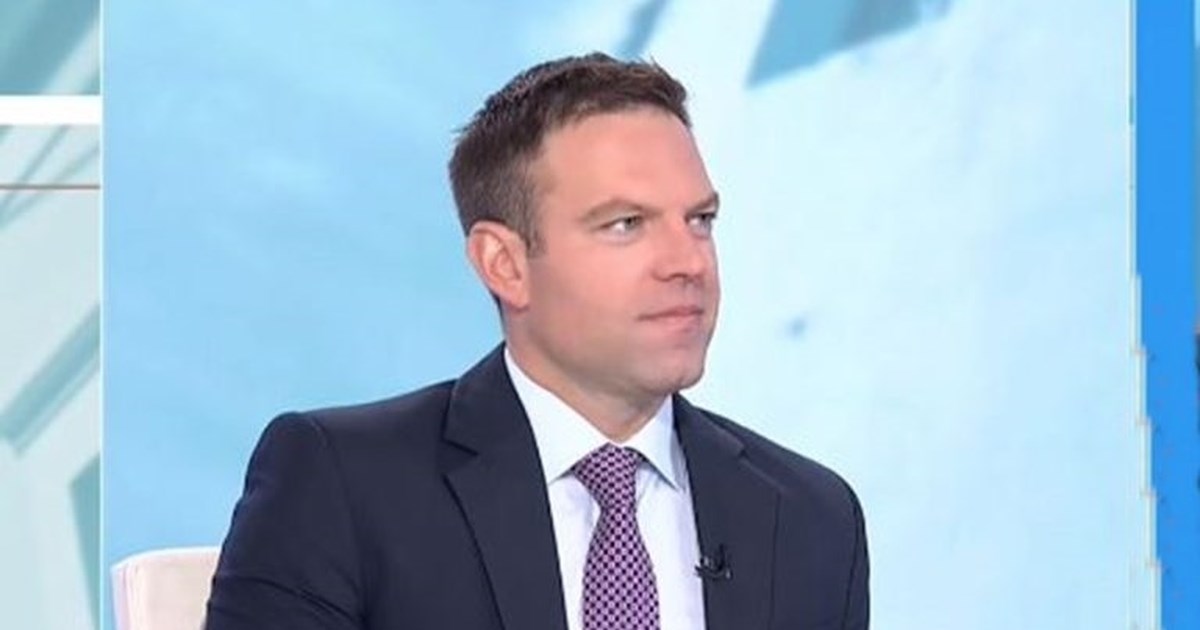OPEC+ Wants to Pump Its Way Back to the Top
The oil-producing cartel OPEC+ seems to have a new mantra right in time for the summer: Just go with the flow. And right now, the oil pumps are flowing.
On Sunday, leaders of the 22-nation group will meet via video conference to agree on output levels for the coming August, and most industry observers expect it will continue hiking output levels in line with the already marked increase in production seen so far this summer. Still, experts warn the group could eventually receive a crude awakening for its newfound free-flowing attitude.
Flood the Zone
After roughly two years of cutting production to prop up falling prices (and even going so far as punishing members who stepped out of line), the oil cartel this year is facing a new problem: shrinking market share, thanks to a flood of new supply from US shale producers. In fact, US crude oil production hit an all-time record in April, according to recent data released by the Energy Information Administration. OPEC+ responded by promptly agreeing to increase production by 411,00 barrels per day in each of May, June and July — a much faster acceleration than agreed to previously.
Evidence suggests many nations have pushed past even those boundaries. De facto group leader Saudi Arabia as well as neighbors Kuwait and the United Arab Emirates spent last month loading 11.9 million barrels of crude oil a day onto tankers, according to ship-tracking data compiled by Bloomberg, marking the highest rate since April 2023. Member nation Kazakhstan, which has developed a reputation for excess pumping, matched an all-time high in production in June, according to a source who spoke with Reuters.
The supply surge proved enough to tame prices even as geopolitical conflict rattles the region:
- Brent crude prices ticked up slightly on Tuesday and Wednesday due to some positive demand indicators, such as recent data from Caixin that showed China’s manufacturing activity swung back to expansion territory in June. Still, Brent crude prices closed at $69 per barrel on Wednesday, well below the more than $80-per-barrel mark seen after the US conducted air strikes in Iran last month.
- “We still think OPEC’s voluntary producers will proceed with another accelerated three-month phase-in of barrels, even with the sharp selloff in prices following the Iranian climb-down and subsequent ceasefire,” Helima Croft, commodity strategy head at RBC Capital, wrote in a report seen by Bloomberg.
Oversupply and Demand: The uptick in supply may not keep oil prices suppressed for long, however, according to Stan Majcher, portfolio manager and veteran oil industry observer at Hotchkis & Wiley, who told MarketWatch Wednesday that a natural decline in the rate of production will ultimately offset a near-term output increase and tighten global inventories. Which means that, eventually, the “price of crude oil will rise as the market realizes that it is difficult to oversupply the market other than in the short term, and that global [production] decline rates will be difficult to overcome,” Majcher said.
Content Original Link:
" target="_blank">

































































